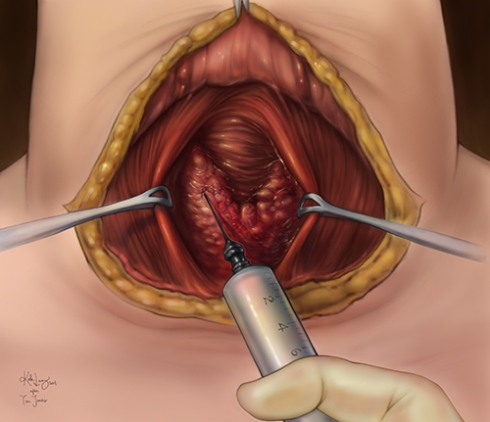After final presentations a couple of days ago, school has let out for the semester and I have been highly anticipating this time to relax a bit before summer semester begins. Looking back on the last few months, I feel very proud of my program, my classmates, and the work that we’ve all made this semester. Additionally, it’s been really fun to teach BIOS223 (Cell Biology Laboratory) and learning new things along the way. Even though Neuroanatomy ended halfway through the semester, I’m so happy that I took that class. Not only did I learn a ton about the brain, but I also got to study and attend lab with my classmate Jill Tessler. It was a great experience to share with another BVIS student!
To finish out the semester, we worked on a project for Illustration Techniques that was a little out of the ordinary. We had to complete an editorial illustration. This took a lot of patience, trial and error, but it finally worked out in the end. Additionally, I completed another editorial illustration for the same journal that our illustrations from class will be submitted to — the Northwestern University Public Health Review.
An illustration for the Spring edition of NPHR for an article on sleep deprivation and its effect on the brain.
This illustration is for an article on energy and its role in public health. It will be submitted for publication in the Fall 2014 issue of NPHR.
Before this final assignment, we did a Tom Jones reproduction piece for Illustration Techniques. Taking a black and white watercolor illustration done by the founder of the BVIS program, Tom Jones, we were asked to add color using Photoshop. I chose an illustration of a thyroid surgery. This was the final result.
A digital, color reproduction painting of a Tom Jones illustration.
After all that, I’m ready to take a break to read some novels, do some sketching, and enjoy the nice weather (finally!).





